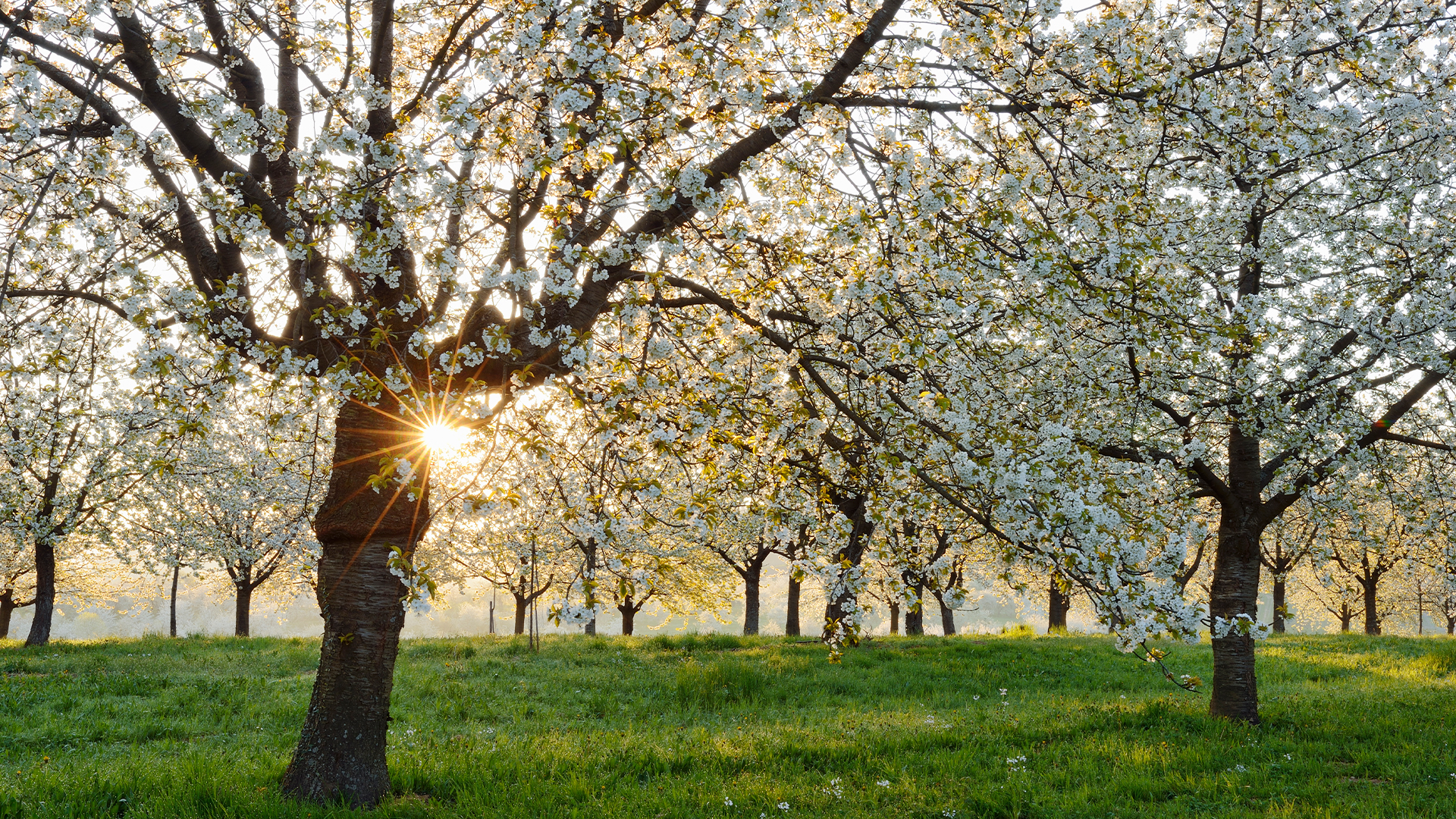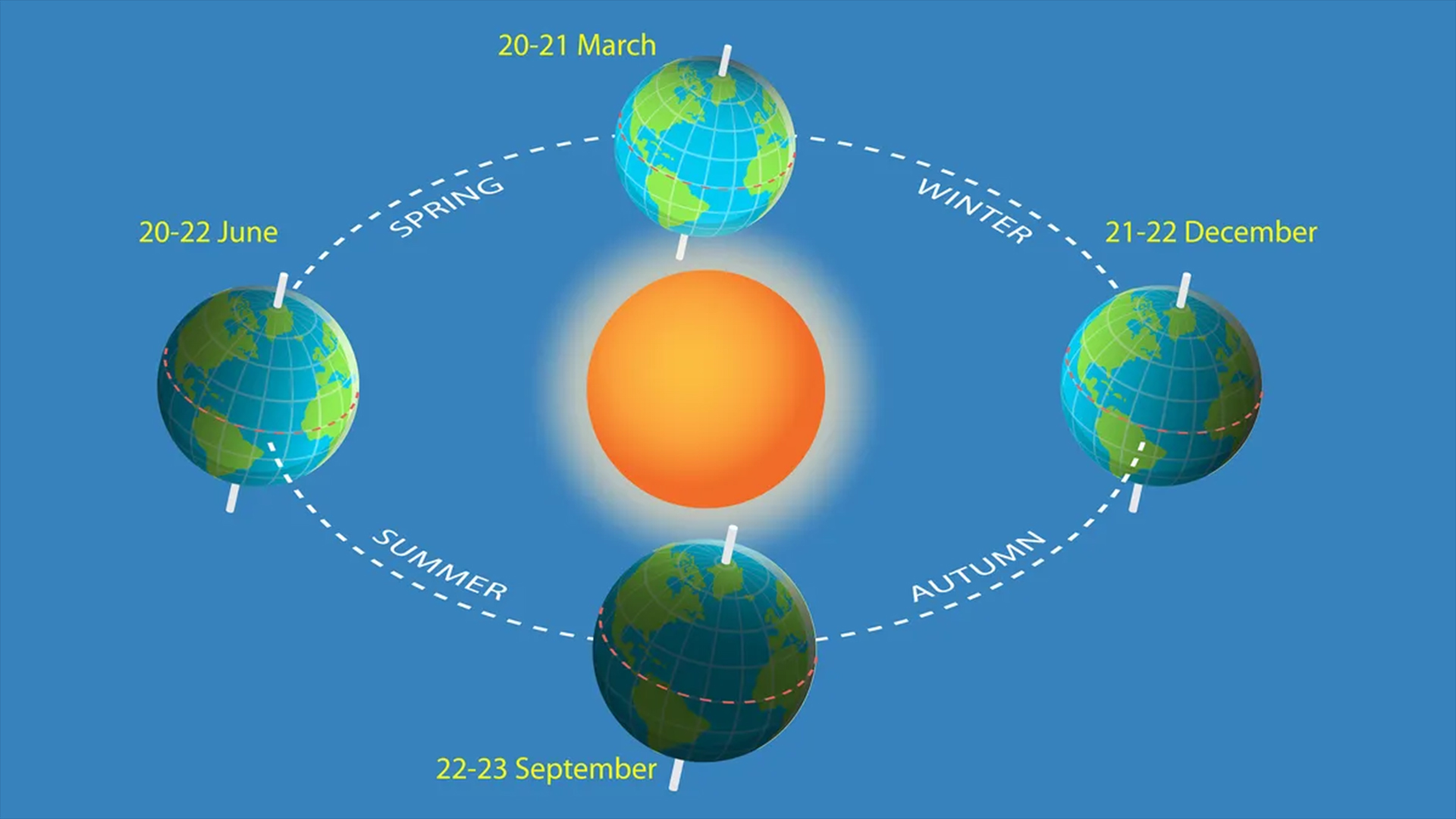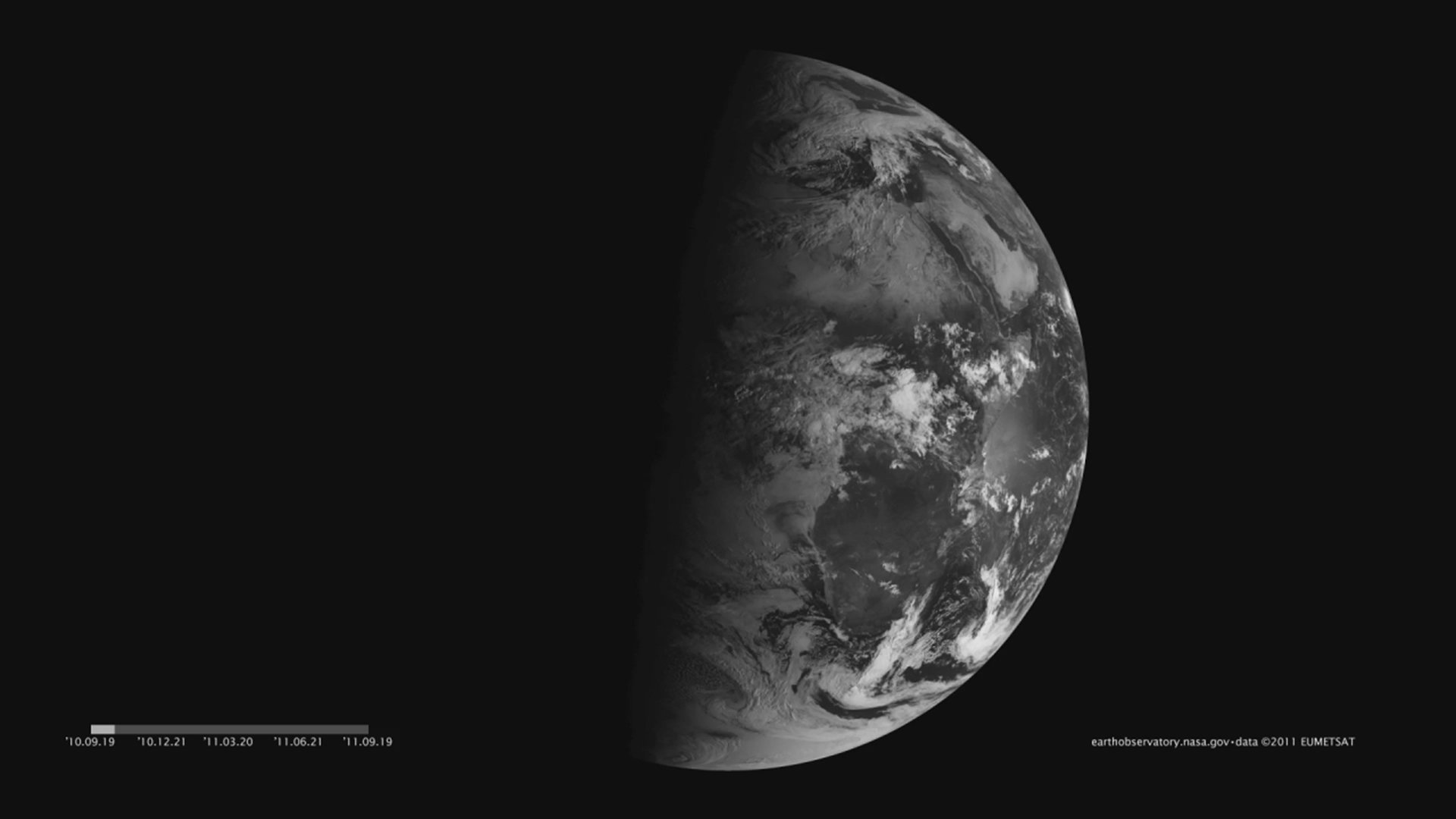Spring equinox 2024: 'Equal night' brings the first full day of spring to the Northern Hemisphere
The Spring equinox (March 19, 2024) signals the start of spring in the Northern Hemisphere, the beginning of autumn in the Southern Hemisphere, and a rare moment of "equal night" across the world.

Spring has officially sprung in the Northern Hemisphere.
Late last night (March 19) was the March equinox, an annual astronomical event that marks the change of seasons across the globe. In the Northern Hemisphere, the March equinox signals the end of winter and the beginning of spring (which is why it's also called the vernal equinox, or spring equinox). In the Southern Hemisphere, today marks the end of summer and the beginning of autumn.
Equinox comes from the Latin words meaning "equal night." That's because, on this day and several days before and after, the length of daylight is almost exactly 12 hours in both hemispheres, with slight variations depending on your distance from the equator, according to the National Weather Service.
Equinoxes occur twice a year — in March and September — because of our planet's tilt.
Because Earth orbits the sun at a tilt of about 23.5 degrees, different parts of the planet receive more or less sunlight at various times of the year, depending on our planet's position relative to the sun. For example, on the summer solstice in June, Earth's Northern Hemisphere tilts toward the sun and receives the brunt of its light, making it the longest day of the year for northerners, while the Southern Hemisphere tilts away and experiences its longest night.
Related: Spring equinox 2024: Why March 19 is one of the best stargazing nights of the year
On equinoxes, however, Earth's tilt aligns with its orbit, and the sun appears exactly above the planet's equator rather than north or south of it. The result is "equal night" in both hemispheres — a phenomenon that is clearly visible from space in stunning photos like these.
Get the world’s most fascinating discoveries delivered straight to your inbox.
Because equinoxes are astronomical events, scientists can predict them down to the minute. This year, the precise moment of the March equinox occured at 11:06 p.m. EDT on March 19, or 0306 GMT on March 20, according to Time and Date. That means for many in the Northern Hemisphere, March 20 is the first full day of spring.
From this point, days will get steadily longer as the Northern Hemisphere receives a bit more sunlight each day until the summer solstice on June 20. With the growing dominance of daylight, the equinox is one of the last great opportunities of the year for stargazing in the evening. Here are some of the most notable stars, planets and constellations to look for tonight, assuming you have a decent pair of stargazing binoculars or a good small telescope for viewing the spring sky.
The next equinox — the September, or autumnal, equinox — occurs on Sept. 22, 2024. That's when the Southern Hemisphere will begin its reign in the sun, as autumn descends in the north.
Update: This article was updated on March 20 to indicate that spring has officially begun in the Northern Hemisphere.

Brandon is the space / physics editor at Live Science. With more than 20 years of editorial experience, his writing has appeared in The Washington Post, Reader's Digest, CBS.com, the Richard Dawkins Foundation website and other outlets. He holds a bachelor's degree in creative writing from the University of Arizona, with minors in journalism and media arts. His interests include black holes, asteroids and comets, and the search for extraterrestrial life.




